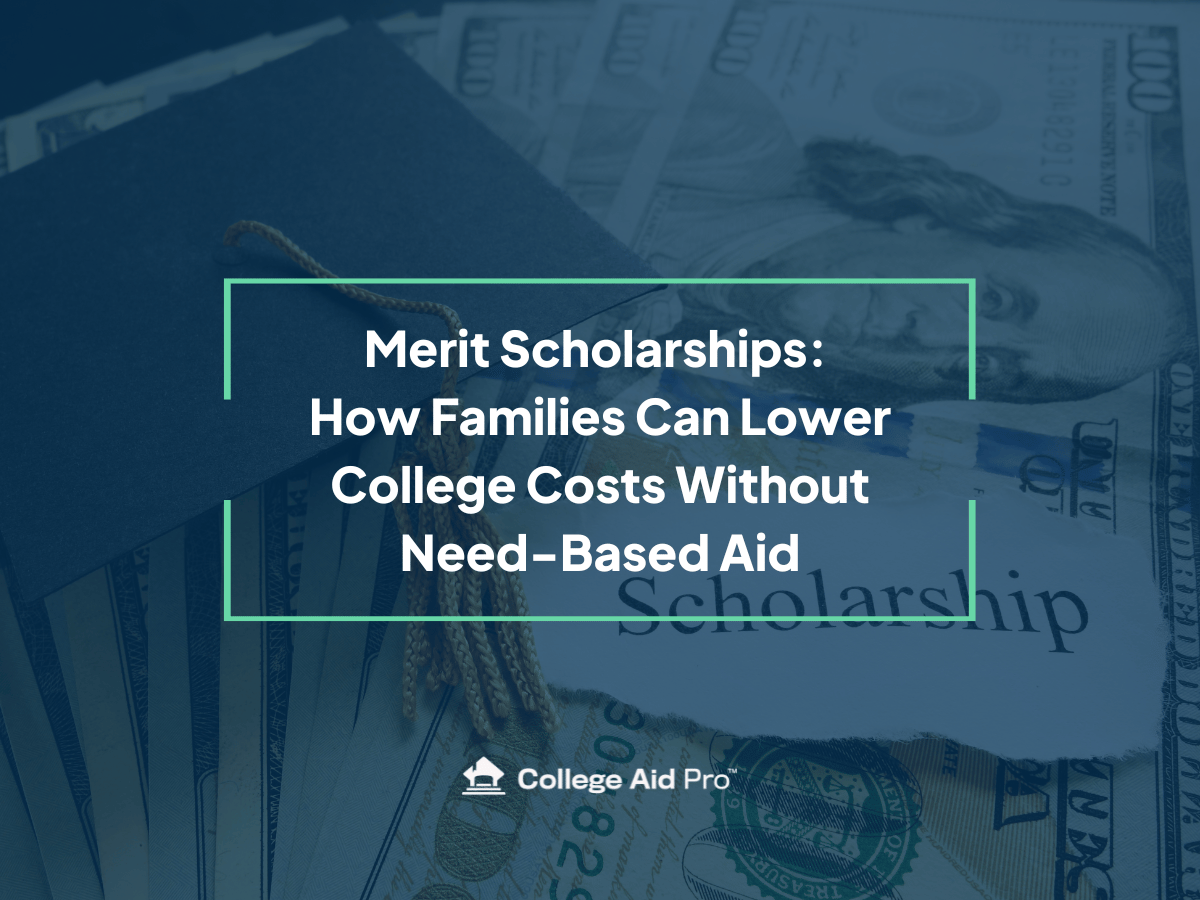6 Tips to Ensure You Don’t Go Broke Paying for College
Flip or scroll through the news, and it won’t take you long to find some mention of student loan debt. With more than 1.6 trillion dollars in outstanding student loans, it comes as no surprise that the student debt crisis is at the forefront of many people’s minds.
However, there are alternatives to accumulating massive student loan debt, sacrificing retirement savings, or bleeding your family dry in the pursuit of higher education. Using the tips below, you can make a game plan to guide you through choosing a college that fits your student’s financial and academic needs, and ensure that paying for college creates less stress than you imagined.
Learn More About Financial Aid: Understanding the Expected Family Contribution in FAFSA
1. Perform an early financial assessment
If it looks like your student will want to continue their education past high school, do not wait to assess your family’s ability to finance their education. Waiting until the last second only adds stress and uncertainty that you can avoid by proactively evaluating your:
- Existing savings
- Ability to save between now and your student’s freshman year of college
- Capacity to finance college while your student is there
- Child’s contributions through their summer employment
- Extended family’s plans to contribute
2. Assess your eligibility for need-based financial aid
See if your family qualifies for need-based financial aid. Need-based aid can be an easy way to lighten the financial burden of college. To do an early assessment of your eligibility, you can use the Expected Family Contribution calculator in the MyCAP software to get an idea of what the government and college think you can afford to pay for college.
You need to have Federal tax information available as well as income and assets for both parents and student. The estimator will provide an Expected Family Contribution (EFC) based on your answers. Schools will use this EFC number to determine your eligibility for need-based aid. Most schools will expect you to contribute at least this amount towards the yearly cost of college.
Start evaluating your EFC number against the sticker price of different types of colleges to see where you might qualify for need-based financial aid. You will want to focus on colleges that will award need-based aid in the form of grants, free money that you don’t have to pay back.
For higher income families, it will be difficult to find colleges that will award need-based aid. For these families, we recommend focusing on merit-based scholarships. Worried your EFC will be to high? Read more here: When Your Expected Family Contribution Is Too High
3. Evaluate your student’s eligibility for merit-based scholarships
If your student performs well academically, merit-based scholarships need to be on your radar. Assets like a good GPA and SAT or ACT scores can be the key to making schools surprisingly affordable.
To find merit scholarships, you should:
- Compare your student’s GPA and ACT/SAT scores against the middle 50% range for admitted applicants. The higher your student’s stats are compared to the mid 50%, the higher their chances are of earning merit-based aid.
- Find colleges more likely to award merit scholarships. You can look for the school’s statistics on percentage of merit-based aid awarded, and more specifically, merit-based aid awarded to students without need.
- Research the merit scholarships that potential schools offer. The easiest way to do this is by using a tool like MyCAP. With MyCAP, you enter your student’s GPA and ACT/SAT scores and then search for schools that will offer the largest merit-based scholarships. You can search all colleges in the U.S. or narrow down your search using other factors like location, major, school size, and more.
- Consider applying for private scholarships. These are scholarships offered by companies, organizations, or groups. While it is possible to win such scholarships, keep in mind that their competition is immense. It is easiest to win local private scholarships. These can often be found through listings maintained by your high school counseling department.
4. Consider having your student start at a community college
While transferring after a year or two of college can make socializing difficult for some, the financial benefits of starting at a community college are undeniable. Starting your student’s college education at a community college and then having them transfer to another school can save tens of thousands of dollars depending on their final place of education.
5. Avoid chasing top colleges that are too expensive
If your student can manage to earn their spot in one of the nation’s top schools, it is a great accomplishment. However, do not count on large merit scholarships from top schools. These schools attract students on their reputation alone and provide little to no merit aid. They concentrate their financial aid on the need-based side to attract top students from all financial backgrounds. Therefore, be careful that your student doesn’t fall in love with a top school that will land them or yourself in crippling debt—it’s simply not worth it.
6. Talk to your student about paying for college
After you have done your homework on what your family can manage, talk with your student about what you can realistically afford. It is only harmful to have your student set their sights on a financially impossible school.
When you talk with them, cover topics such as:
- What yearly tuition can you afford?
- How much debt is your student prepared to graduate with?
- How much is your student willing to contribute through money earned each year?
- What schools are affordable if need or merit-based aid is awarded?
- What schools will not be affordable?
- How much do you have in college savings already?
How a College Planning Tool Can Save You Time and Money
If you follow the tips above, you will be well on your way towards finding the perfect college for your student. However, many families are not fully aware of which colleges offer the best need-based and merit-based aid. After all, scouring dozens of college websites for scholarships and organizing the data into an understandable format is too time-consuming for most. That is where a tool like MyCAP comes into play.
MyCAP evaluates your student’s unique situation to figure out eligibility for both need-based and merit-based aid. Let MyCAP do the work to find the colleges that will offer the lowest net price for your family. This tool is your secret weapon when choosing the right college for your student without breaking the bank.



